Home
I want it, and I want it all!
And the medium of clay allows me to have exactly that. It lets me work large and physical or small and intimate; extremely precise or fluid and free. I can control every aspect of the process or allow the kiln to take over at a certain point. The work can be permanent (fired) or ephemeral (unfired). Still, it all works together as a unit.
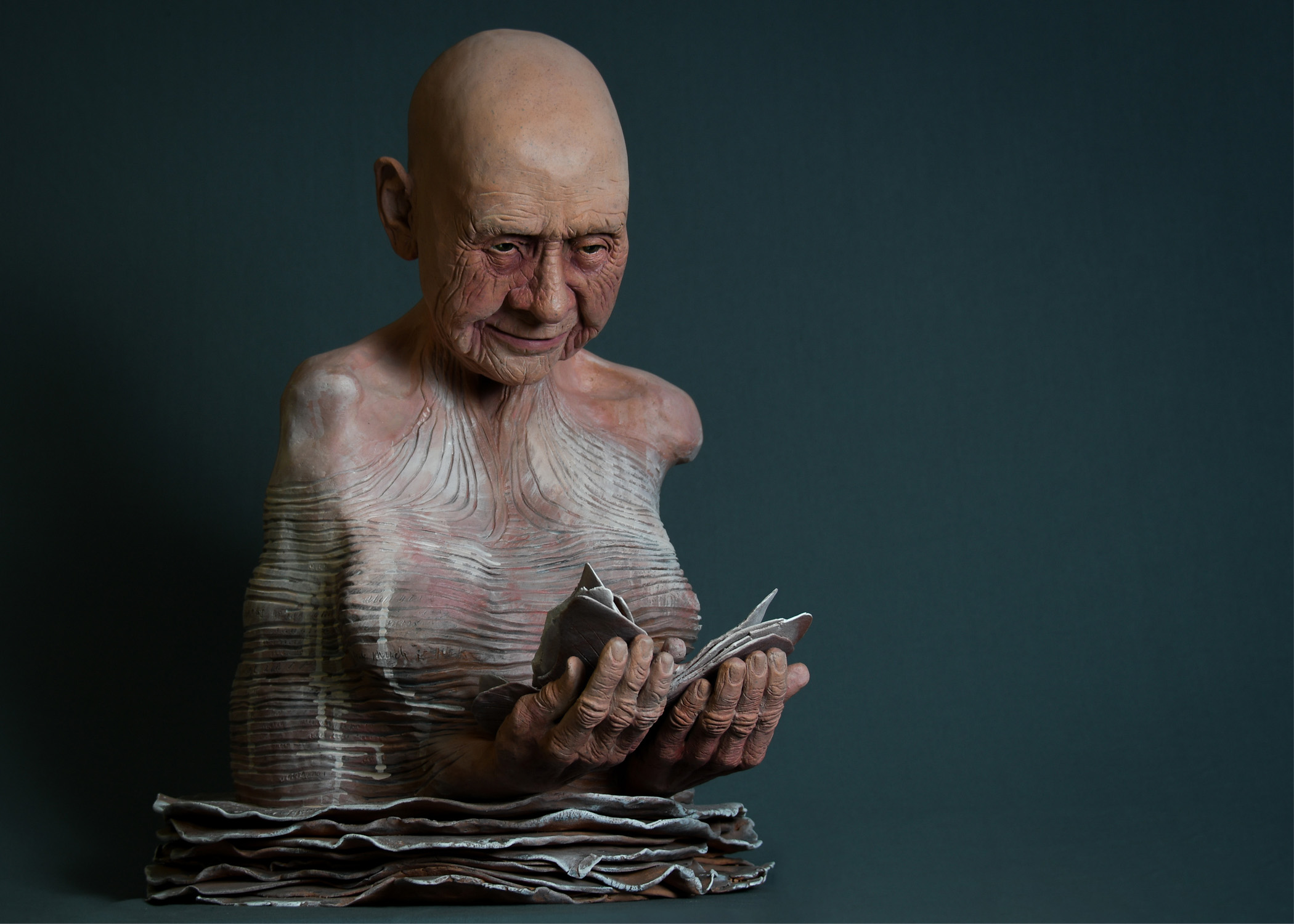
I want it, and I want it all!
And the medium of clay allows me to have exactly that. It lets me work large and physical or small and intimate; extremely precise or fluid and free. I can control every aspect of the process or allow the kiln to take over at a certain point. The work can be permanent (fired) or ephemeral (unfired). Still, it all works together as a unit.
Artistic Statement
QUESTIONS OF IDENTITY
My work is a slow reveal: it amazes with its realism and demands we look at faces that otherwise we might choose to ignore. Some of it forces a spotlight on the elderly, a segment of society so ignored as to be invisible. Tucked away in nursing homes and hospitals, the aged remind us of our own mortality and the inescapable march of time. Carefully observing and recording the memory map of wrinkles found on their faces and forms, my sculpture records the noble souls of these elders through the details of their body. While sculpting on site in a nursing home with residents as models, I have discovered a way to put my art to work for society by recognizing, valuing and conveying an individual’s life experiences. Honoring each human being with dignity, my art seeks to celebrate beauty, individuality and life experience.
A different series (Clowns) has taken me in a somewhat different direction. Triggered by an invitation to a Self Portrait show, I traveled deep into myself to find “the Me”. What is my identity? Who am I? How do I want others to see me? Or do I care? As humans, are we or do we create ourselves? Isn’t life a continuous discovery of our Selves? How do we decide what we like and what we do not like? Can we change? Ovid offered a brilliant gloss on this theme: “Yes, change was everywhere—it could be playful, extraordinary, or grotesque—but it was not random. Endangered women and assaulted emperors alike metamorphosed not according to their fancy but in response to the crises of their lives, and their metamorphoses were not games or disguises but revelations”. Ovid’s characters changed, one might say, into themselves.
Sculpture
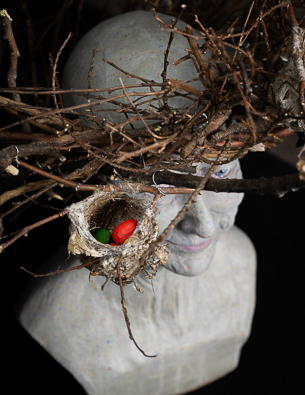
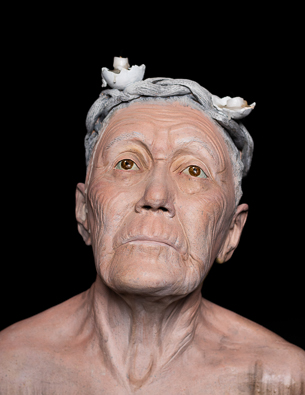
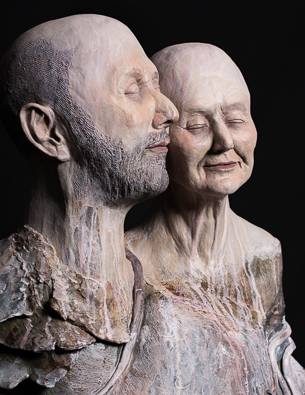
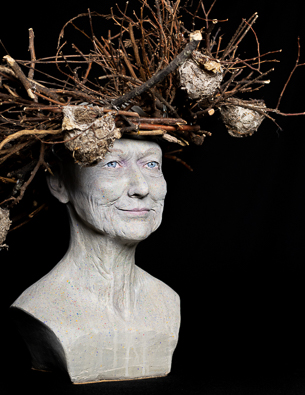
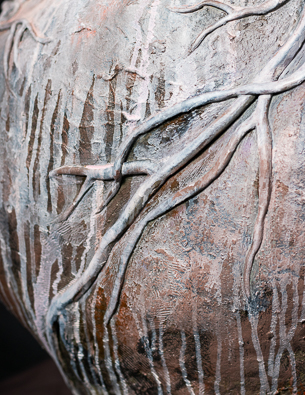
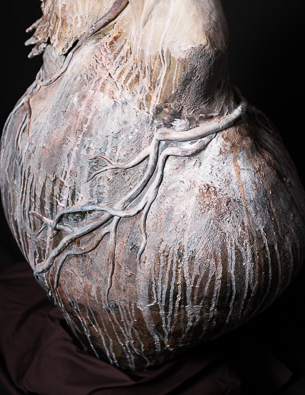
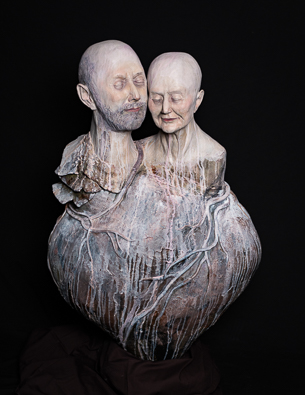
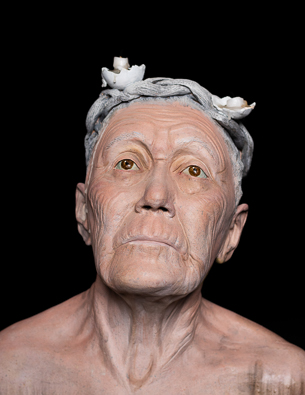
Contact
